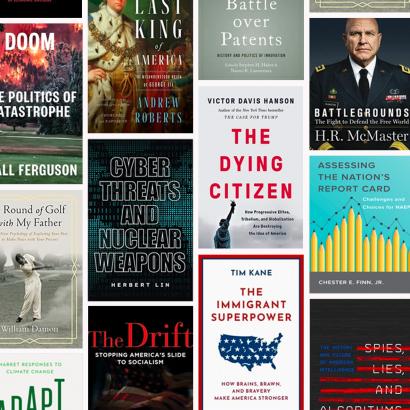- US
- History
- Military
- Intelligence
- Determining America's Role in the World
- Revitalizing History
Rising threats are driving major democracies to reassess their national security strategies. Seeking to reverse-engineer “best practices” that might suit differing countries and organizations, the author analyzes key elements of crafting strategy and draws on one of the few prolonged efforts to recraft American strategy in modern times: the US effort to develop post–Cold War strategy in the wake of the 1989 Warsaw Pact collapse.
Key Takeaways
- Institutional efforts at crafting long-term national security strategies may help democracies steer successfully through the swirl of contemporary events; but they require leadership at various levels, rigorous analysis of the real world, and insights to pierce an ever-uncertain future.
- Democracies’ historic tendencies to focus on immediate issues and delay efforts at heading off future problems mean that successful long-term national security strategies are difficult to achieve. However, with proper leadership and resources, governments have the potential to tap and advance a nation’s best thinking.
- Successful efforts analyze trends and test hypotheses about alternative futures, allowing for unpredictability. These can provide the basis for sound judgments about a range of futures and the best strategic course to pursue.
- Having such a strategy in hand can, in turn, help steer policy through the buffeting of troubled times and unexpected developments.
“Best Practices” in Crafting National Security Strategy—Reflections and a Case Study by Hoover Institution
Cite this report:
Lewis Libby, “‘Best Practices’ in Crafting National Security Strategy—Reflections and a Case Study,” Hoover Institution, Working Group on the Role of Military History in Contemporary Conflict, September 2025.

















